Selva Gaberscek is Research Executive and Ethnographist at Labbrand. We previously spoke with Stéphane Hugon about sociology and imagineries in the post ‘Successful innovations meet “social imaginaries”. With Selva, we come back to it, but she accurately broadens the scope from innovation to branding.
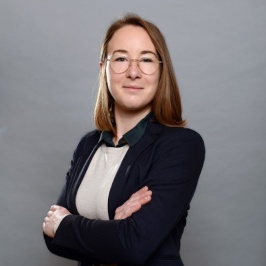
1) Hi Selva, would you tell us a few words about you, your career path and skills?
Hi Nicolas! To describe my career path, I would start by saying that I had a rather academic trajectory and I wasn’t really planning to end up in any private corporation.
By the end of my master’s degree in Ethnology I was specialized on food habits and food-related practices, in Zhejiang and Anhui provinces in China. While I was wondering about doing a PhD on this subject, I came across a job offer at InProcess. I was finally very curious to know how social sciences (especially anthropology and ethnology) where applied in a corporate environment for innovation. I didn’t know anything about innovation, but I was very keen to learn. This position brought me a considerably rich experience as I learned the InProcess’ Research Ignites Solutions with a team of (human-centered) designers, consultants and fellow researchers. There, I learned more about applied anthropology, visual ethnography, how to conduct an interview while being focused on the client interests and how to analyze the data for a strategic innovation outcome.
Now, at Labbrand, I’m learning how to conduct participatory innovation, sensory studies (with a projective methodology) as well as prospective studies – while doing ethnographic research too. (editors’note: related article on co-creating brands)
2) You’re an ethnographer and work on applied anthropology, amazing! Would you explain us what it means, and how it is used for innovation (as you did during your experience at in-process)?
When you’re a “classical” ethnographer, you spend a long time on the field, you recruit participants yourself (who became informers later on), you learn how to observe, describe and perform (mostly) informal interviews. The results of your research are mainly presented in the form of monographies, intended to feed your academic discipline or field of study.
When you’re an ethnographer evolving in corporate environments, you are facing new constrains related to the global capitalist economy. As I started to work on applied anthropology, I had to learn to focus (from the discussion guide to the analysis and the presentation of the results) on the outcome of the research, which was destinated to a client entangled in an innovation process (and professional challenges).
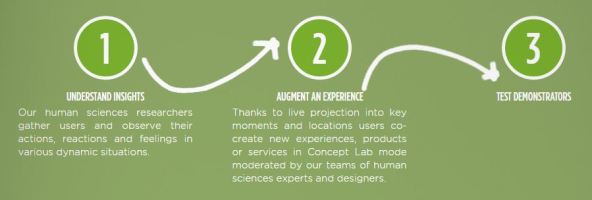
Most importantly, I’ve learned that company could innovate on their products, communication, identity, internal process, client relationship… with the help of an ethnographic method and anthropological analysis:
- The ethnographic method offers a holistic understanding of the research problem by practicing participant observation in physical contexts, contextual inquiry and conducting face-to-face interviews. The researcher takes part in a wide range of activities that are both routine and extraordinary, collecting both explicit (what the respondent can articulate) and tacit (what remain outside of the participant’s awareness or consciousness) information. It aims to reveal the emergent features, pain points, emic meaning (value systems and mental models or ways of thinking about the world), and local context to produce a fertile ground for insights. The researcher might also convey significant stories from fieldwork to illustrate those acumens.
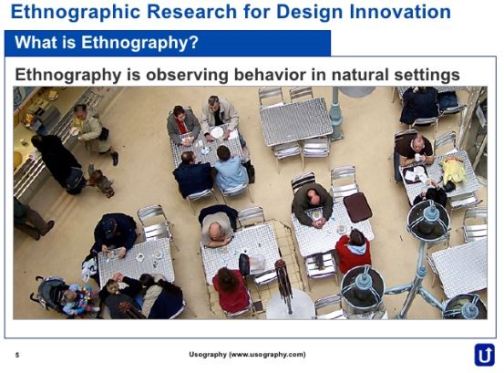
- As for the anthropological analysis, based on the results of the fieldwork (and academic research), it aims to produce solid recommendations and feed the innovation process on a bigger level. Anthropology is a core skill for managing ambiguity and reading weak signals as it examines behaviors and beliefs – and why the two differs. The goal is to understand the (cultural) context and become a critical observer. Stephen Johnson, in his book “Where good ideas come from” (2010), describes innovative societies as ones in which people have access to different ideas and can question existing systems (among other things). Thus, the outcome of an anthropological analysis seeks to create a new kind of knowledge around the innovation process, leading the client to consider the big picture under a different angle.
In this way, both ethnographic method and anthropological analysis are relevant and create (indispensable) value for companies who want to adapt in rapidly changing contexts. The innovation process can hardly occur outside of the reality framed by this sort of qualitative study, as it builds a thick knowledge useful to disclose business opportunities.
3) You currently work for LabBrand: how has your mission evolved, and what is the focus of LabBrand (identity, branding, naming)?
Labbrand is a global branding agency that is cross-disciplinary in research, strategy, naming, design, and digital. It helps brands to create disruptive innovations.
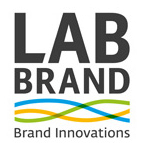
The novelties in my mission were to learn how to work with the Chinese and American Labbrand teams, as well as the consultant aspect of the position: how to build a financial proposal, understand clients’ needs and constraints, help them define a question for the study and build a proper method – according to their budget and challenges.
In the meantime, Labbrand trained me on international studies: how to build a 360° view around the brand / product (brand identity, brand values, communication, packaging (shape, color, information), pack, smell and texture of the product itself, name of the product, etc.).
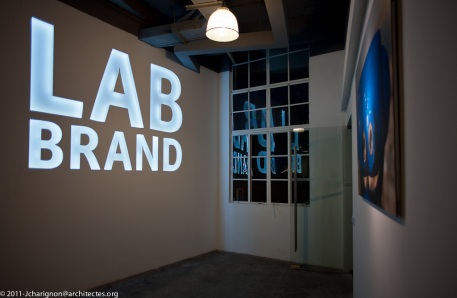
I’ve been working with our semiotician Nadege Depeux, our brand strategist Sophie Delcourt, and the Market Research team to sort out those different elements and offer a complete vision of the Brand / product. I’ve also learned how to conduct Sensory study with different goals: innovation for communication, for naming and/or for a new product. Actually, sensory studies’ outcome can feed almost any innovation process as the material produced is so rich. And I must mention that we are quite pioneer in our methodology, as we mainly focus on Imaginaries.
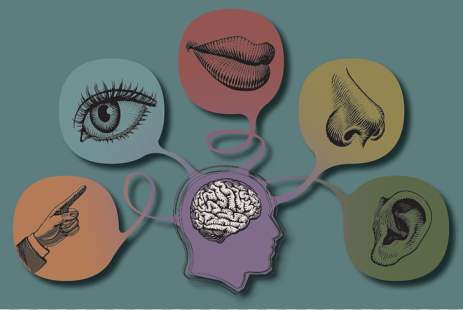
4) What do you include in the word Imagineries, and how do you manage to capture Imagineries of the people surveyed?
By imaginaries we mean a set of individual and collective representations manifested essentially in stories and images. Those are expressed by participants and generally inspired by imaginaries that can be qualified as social or collective. We thus speak of structuring imaginaries, as it provides a basis for collective representations, or constitutive / performative imaginaries, as it directly influences individual behavior and collective aspirations.
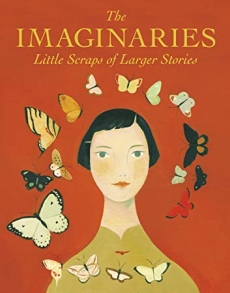
As for the capture of imaginaries, we first have to note that the ability to qualify a taste or a smell in a precise way is the fruit of specific occupations: oenologist, nose, taster, etc. Those people are experts in the notion of taste & smell, and they master a specific vocabulary reserved for “insiders”. Even if they sometime invoke pictorial or poetic metaphors to describe their taste or smell sensations, such expertise is not shared by most of the public, especially when acknowledging participants’ lack of vocabulary or variable capacities to verbalize sensations and emotions…
This is a challenge that we managed to overcome with our approach focused on imaginaries. We capture imaginaries through a 3h projective interview, face-to-face with the participant, in a generic space. The goal is to have a thick description of the kind of imaginaries evoked by the smell/ taste. By the end of the interview, we have rich stories and illustrative pictures that we further analyze via a structural anthropology approach. We are currently adapting this methodology into a more digitalized / at distance one.
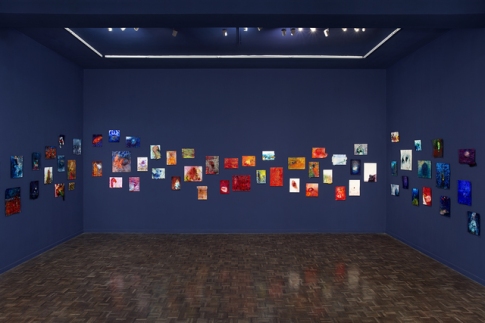
4) You’ve recently completed a vast survey about the meaning of success for women in Brazil, KSA (Kingdom of Saudi Arabia), and Indonesia: can you share the process to collect insights, and illustrate which findings or success archetypes surprised you the most?
For this vast survey, we began with a strategic section to have a better understanding of the cultural / local context. We then started the field research section by collecting materials via an online method – as the budget didn’t allow us to travel to each country.
We used a projective methodology – specific to Labbrand, to reveal women’s’ desires, needs, and reality in each country.
The results were truly moving. I must say that the KSA’s archetype was the one that moved me the most: the “Smart Unchained” inspired by women unshackling from the norms and rules of the society via academic knowledge and/or education.
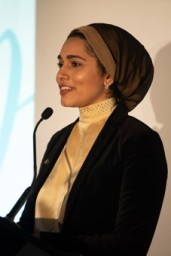
We ended up working on values very distant from the « manly » definition of Success, it was thrilling . This study abled a new vision of those diverse cultural realities, far from stereotypes – in which brands are often stuck. Through the deep understanding of (largely ignored) emotional motives we built a productive view of the brand content. Our findings resonated largely with our client as we were able to convey the emotional impact that the notion of success had on our participants.
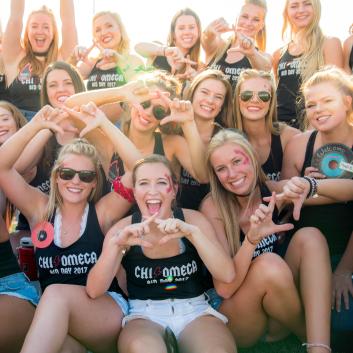
5) What is the next topic you’re going to work on?
I’m really excited to say that by the end of the year, I will work on an international sensory study for exceptional perfumes, on the second part of the “Success for women” project occurring in USA, France and Germany, and on a project brought with another perceptive: the notion of success for … men!
